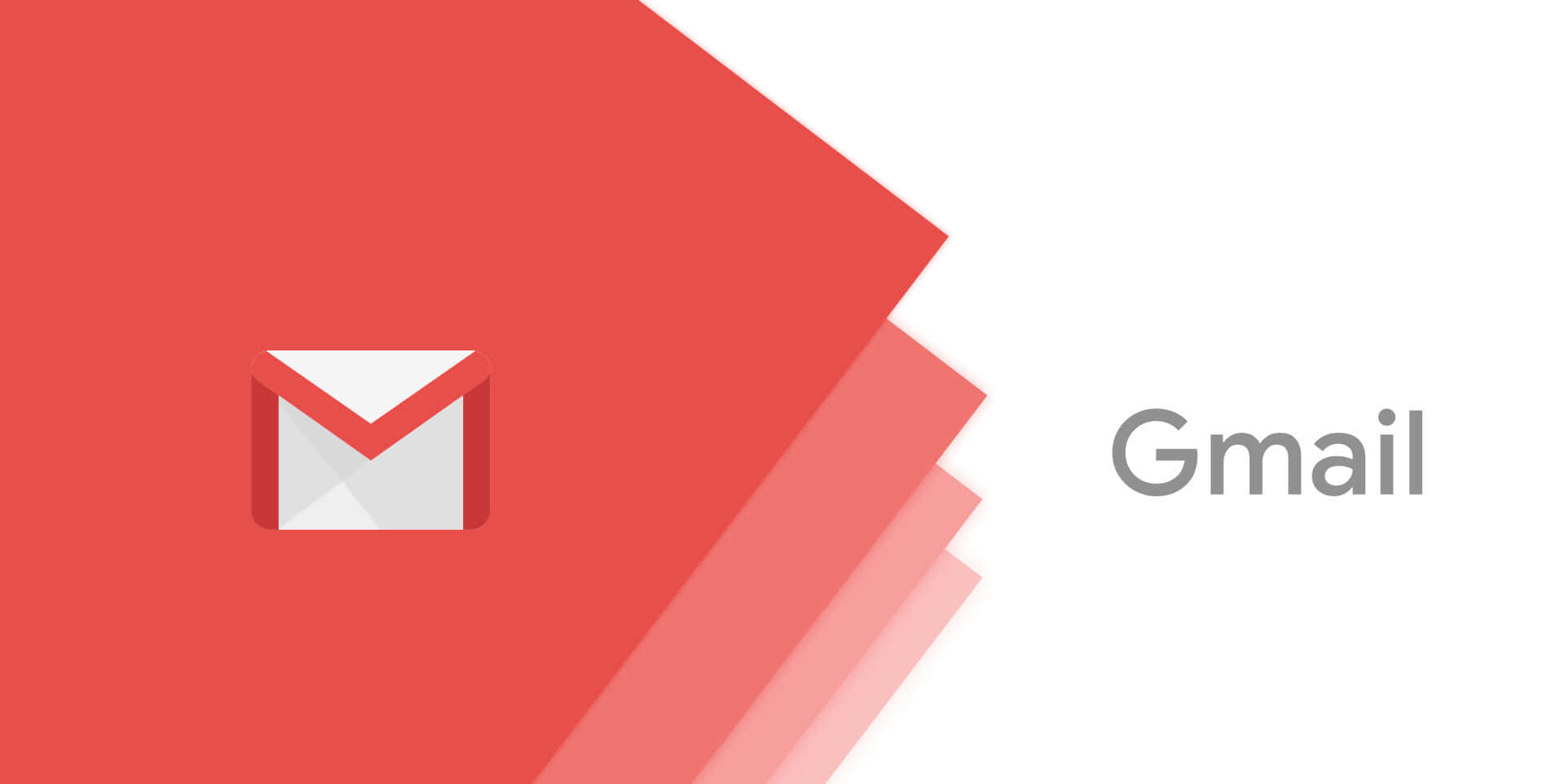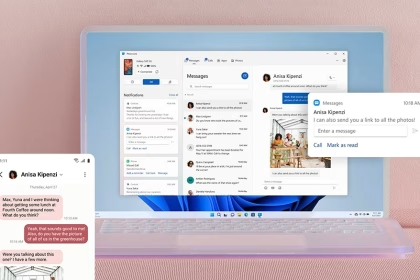Customizing your home screen with a Google Search Bar widget can significantly enhance your device’s usability, providing quick access to search functionality without opening a browser. This feature is particularly useful for users who frequently rely on Google for queries, navigation, or information retrieval. Both Android and iPhone devices support this customization, though the process differs slightly between the two platforms. Below, you’ll find detailed, step-by-step instructions for adding and customizing the Google Search Bar widget on your home screen.
Adding Google Search Bar to Android Home Screen
Android devices offer a high degree of customization, and adding a Google Search Bar widget is straightforward. The widget is part of the Google app, which is pre-installed on most Android devices. If you don’t have the app, you can download it from the Google Play Store.
- Long-press on an empty area of your home screen. This action will open the customization menu.
- Select Widgets from the options that appear.
- Scroll through the list of available widgets until you find the Google Search Bar widget.
- Tap and hold the widget, then drag it to your desired location on the home screen.
- Release the widget to place it. You can resize it by long-pressing and adjusting the edges if your device supports resizable widgets.
Once placed, the widget is fully functional, allowing you to perform searches directly from your home screen. You can also customize its appearance by accessing the Google app’s settings, where options like dark mode or voice search preferences can be adjusted.
Adding Google Search Bar to iPhone Home Screen
While iPhones do not natively support widgets in the same way as Android, you can still add a Google Search Bar to your home screen using the Google app. This method involves creating a shortcut that mimics the functionality of a widget.
- Open the Google app on your iPhone. If you don’t have it, download it from the App Store.
- Tap on your profile picture in the top-right corner, then select Settings.
- Navigate to Search Widget under the General section.
- Tap Add to Home Screen. This will create a shortcut on your home screen.
- Follow the on-screen instructions to confirm the placement of the shortcut.
The shortcut will appear as an icon on your home screen, providing one-tap access to Google Search. While it doesn’t offer the same level of customization as Android widgets, it remains a convenient tool for quick searches.
Customizing the Google Search Bar Widget
Both Android and iPhone allow for some level of customization to tailor the Google Search Bar to your preferences. On Android, you can resize the widget and adjust its appearance through the Google app’s settings. On iPhone, customization is limited to the shortcut’s placement and the app’s internal settings.
- On Android, long-press the widget to access resizing options. Drag the edges to adjust its size.
- Open the Google app settings to enable features like Voice Search or Dark Mode.
- On iPhone, customize the Google app’s settings to change search preferences, such as enabling SafeSearch or adjusting language settings.
Benefits of Adding a Google Search Bar to Your Home Screen
Integrating a Google Search Bar into your home screen offers several advantages. It eliminates the need to open a browser, saving time and streamlining your workflow. The widget or shortcut provides instant access to Google’s powerful search capabilities, including voice search and personalized results based on your account settings.
For Android users, the widget’s resizable nature allows it to fit seamlessly into your home screen layout. iPhone users benefit from the convenience of a one-tap shortcut, even if customization options are more limited. Both methods enhance the overall user experience by making search functionality more accessible.
Troubleshooting Common Issues
If you encounter issues while adding or using the Google Search Bar, there are a few steps you can take to resolve them. Ensure that the Google app is updated to the latest version, as outdated versions may cause compatibility problems. On Android, check that your device supports widgets and that you have sufficient space on your home screen. For iPhone users, verify that the shortcut was created correctly and that the Google app has the necessary permissions.
- Update the Google app from the Play Store or App Store.
- Restart your device to refresh system settings.
- Ensure you have enough storage space for the app and its features.
Alternative Methods for Quick Search Access
If adding a widget or shortcut isn’t feasible, there are alternative ways to access Google Search quickly. On Android, you can use the Google Assistant by long-pressing the home button or saying “Hey Google.” iPhone users can access Siri or use the Safari browser’s search bar. While these methods don’t provide the same level of home screen integration, they remain effective for quick searches.
For those who prefer not to clutter their home screen, these alternatives offer a balance between convenience and minimalism. However, for users who prioritize efficiency, the Google Search Bar widget or shortcut remains the optimal solution.










